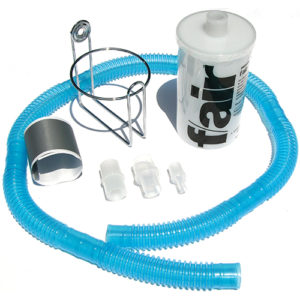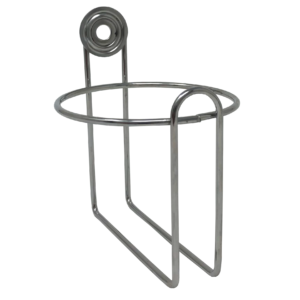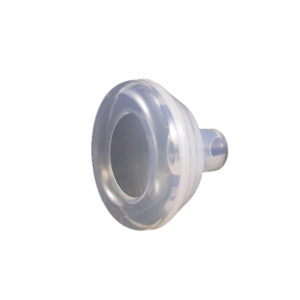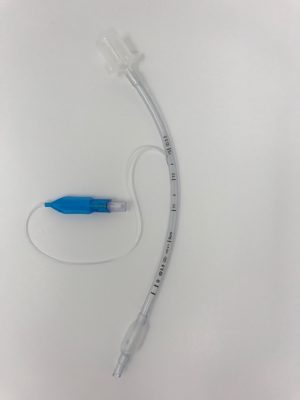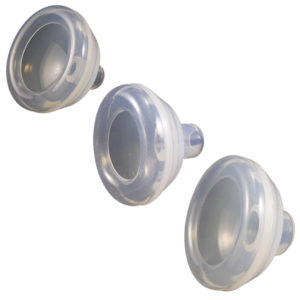Description
A.M. Bickford Omnicom F/AIR Canister is a simple, sensible, and effective component to remove harmful waste anesthesia gas (WAGs) in the operating room.
The six-inch F/AIR canister is part of a passive anesthesia scavenging system. It relies on the natural flow of the anesthesia delivery system to redirect and safely push the patient’s exhaled breath (which contains waste anesthesia gas, or WAGs) into the F/AIR canister.
The F/AIR canister uses activated carbon (not charcoal) to remove WAGs. Activated carbon is a result of a thermal process to create a highly porous substance with a large surface area. The porous structure of activated carbon is key to its effectiveness. The material contains a network of microscopic pores, which increases the overall surface area available to absorb gas. The activated carbon absorbs WAGs and releases purified air through the bottom of the canister.
Each F/AIR canister contains approximately 200 grams of active carbon. It can absorb up to 50 grams of halogenated gas retentivity (approximately 12-15 hours of use).
*The size of the patient and the gas flow rate can contribute to how quickly a canister reaches the recommended weight increase.*
To use the A.M. Bickford Omnicom F/AIR canister:
- Record the weight of the F/AIR canister before surgery.
- Position the F/AIR canister vertically using an A.M. Bickford F/AIR holder. This position allows excess gasses to flow through the bottom of the F/AIR canister.
- Do not block the bottom of the F/AIR canister. Blocking the canister could cause build up of pressure in the anesthesia delivery system.
- Record the weight of the F/AIR canister after surgery.
- Discard the F/AIR canister when saturated.
The F/AIR canister is just part of the solution for removing waste anesthesia gas (WAGs). Removing and reducing WAGs must start before the surgery begins.
- Require all staff to read the owner’s manual to familiarize themselves with the anesthesia equipment.
- Establish and document clear standard operating procedures (SOPs) for regular equipment inspection and leak detection.
- Follow all manufacturer guidelines for calibration and equipment maintenance.
A.M. Bickford Omnicom F/AIR canister can be purchased directly through A.M. Bickford. For pricing, click the “REQUEST QUOTE” button.
It can also be purchased through our distribution partners. Click on the links below.

